Preface to Gateways to Art 3rd Edition: Understanding the Visual Arts
Gateways to Art gives you complete flexibility in finding your own pathway to understanding and appreciating art. Once you have read the Introduction, which outlines the core knowledge and skills you will need to analyse and understand art, you can read the chapters of our book in any order. Each chapter is entirely modular, giving you just the information you need when you need it. Concepts are clearly explained and definitions of terminology in the margins ensure that you are never at a loss to understand a term; and new Portal features use thumbnail images to make direct links to related artworks throughout the book (see p. 19 for how to identify and use marginal glossaries and Portals).
This means that you can learn about art in the order that works best for you. You can, of course, read the chapters in the order that they are printed in the book. This will tell you all you need to know to appreciate art. But you can also choose your own path. For example, the Introduction discusses how we define art and what it contributes to our lives. Next you might read chapter 2.6, “The Tradition of Craft,” which deals with media that artists have used for centuries to create artworks, but which our Western culture sometimes considers less important than “fine art.” Then the discussion of Japanese art in chapter 3.3, “Art of India, China, Japan, Korea, and Southeast Asia,” reveals how an expertly made kimono (an item of traditional clothing) is appreciated as much as a painting that in our culture is usually considered more prestigious.
In Gateways to Art you will discover the pleasure of looking at great artworks many times and always finding something new because there are many ways of seeing and analysing art. That is why our book takes its title from its unique feature, the “Gateways to Art” (introduced on p. 18). Through eight iconic works of world art—four of which are new to this edition—we invite you to come back to these Gateways to discover something different: about the design characteristics of the work; the materials used to make it; how history and culture influenced its creation; or how the work expressed something personal. Sometimes we compare the Gateway image with another artwork, or consider what it tells us about the great mysteries of our existence, such as spirituality or life and death. We hope to encourage you to revisit not only our Gateways, but also other works, as sources of enjoyment for years to come.
Our Gateways to Art boxes are just one of numerous features we provide to help you in your studies. In many chapters you will find Perspectives on Art boxes, in which artists, art historians, critics, and others involved in the world of art explain how diverse people engaged in art think and work. Other boxes will, for example, help you to focus in depth on a single artwork, or alternately to compare and contrast artworks that deal with a similar subject or theme. “Related Images” pages at the end of every chapter perform a similar function to the new marginal Portals: they bring together, in chronological order, relevant artworks from throughout the book, expanding on the works you have encountered in any individual chapter and allowing you to make interesting connections across time periods, themes, and media.
New in Gateways to Art 3rd Edition
• More than 150 new artworks, including works by Julie Mehretu, Yinka Shonibare, Jaune Quick-to-See Smith, and Mickalene Thomas.
• The eight “Gateway to Art” features have been refreshed with the substitution of four new works: an eighth-century Maya lintel, Frida Kahlo’s The Two Fridas, Carrie Mae Weems’s Kitchen Table series, and Ai Weiwei’s Dropping a Han Dynasty Urn and Colored Vases. See p. 18 for details. • Portals are new in-chapter features that make connections with related artworks in other chapters, for easy cross-referencing: see p. 19.
• A Global Timeline opens Part 3: History and Context, showing students how art developed over time and across global regions.
• The final chapter of Part 3 has been split into two—now chapters 3.9 and 3.10—to include more contemporary art, featuring new works in innovative media with strong messages, by artists including Wadsworth Jarrell, Jiha Moon, Gabriel Dawe, and Theaster Gates.
• Our e-media package has been expanded with new features and improvements for both instructors and students: see following sections for more information.
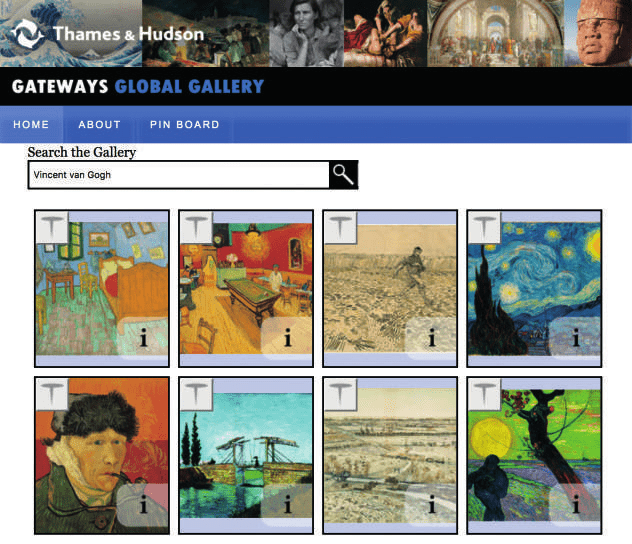

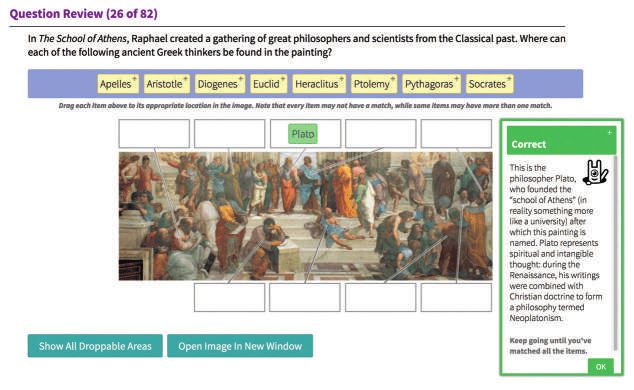
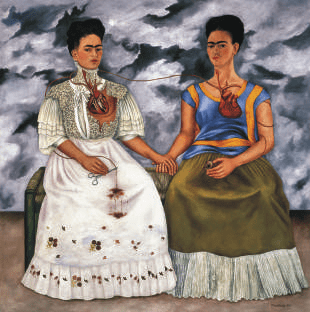

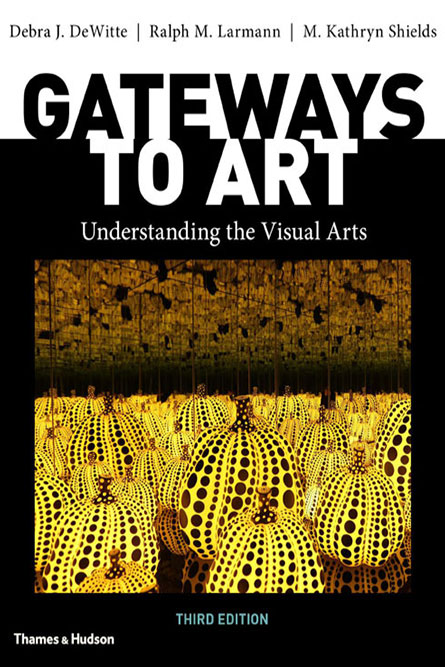
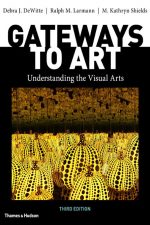
lmartin1001 –
Verified Purchase